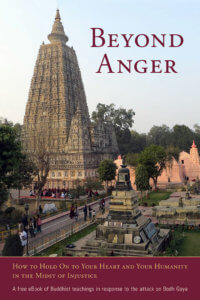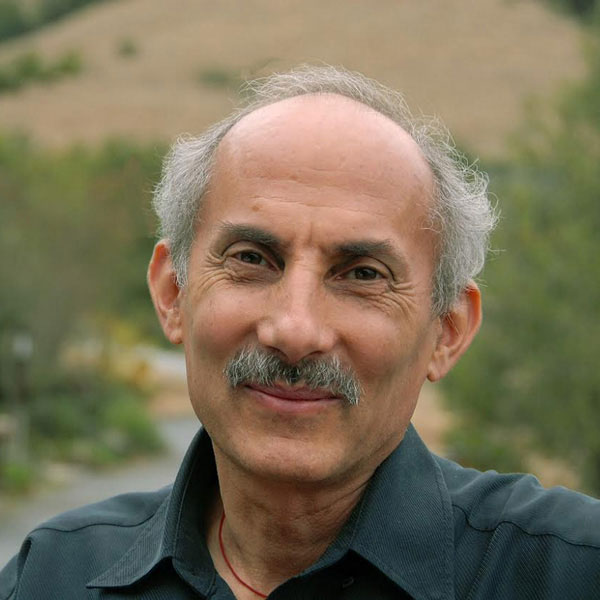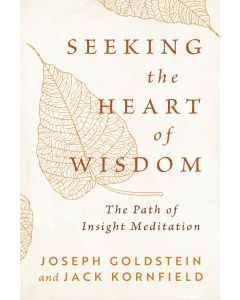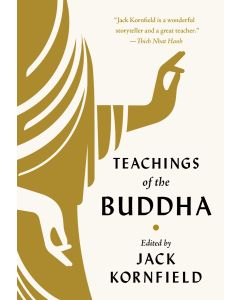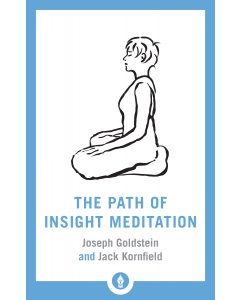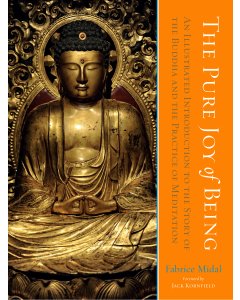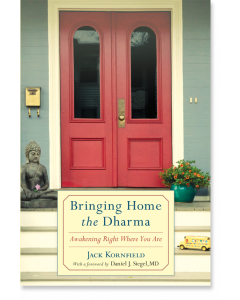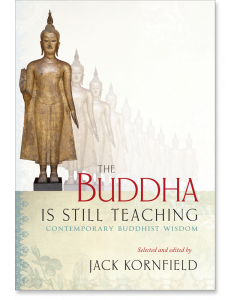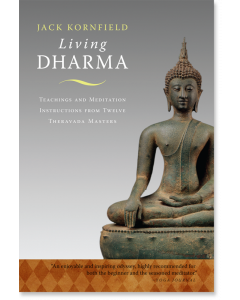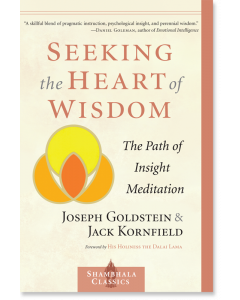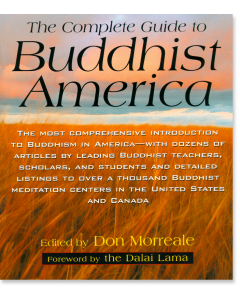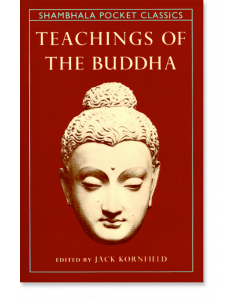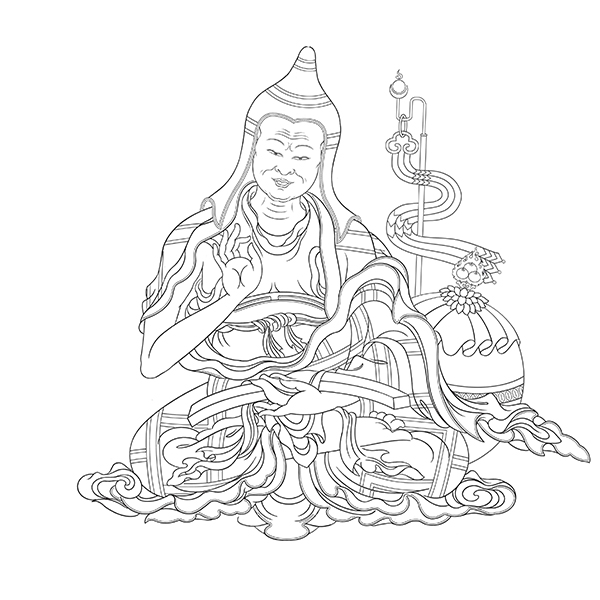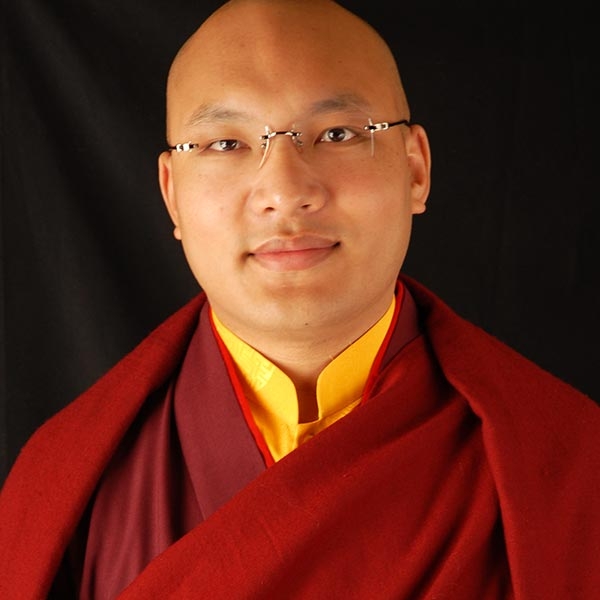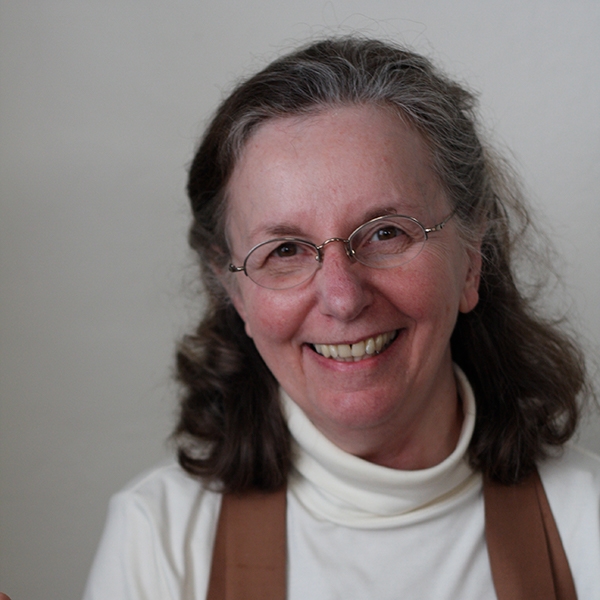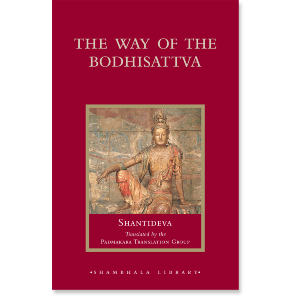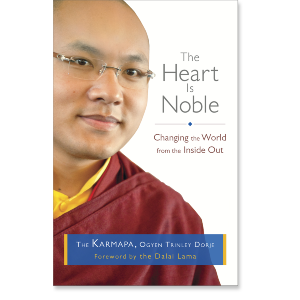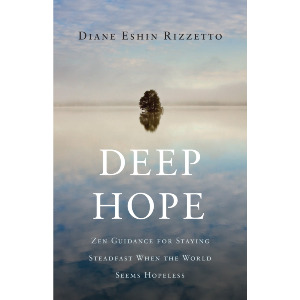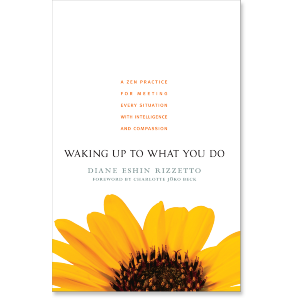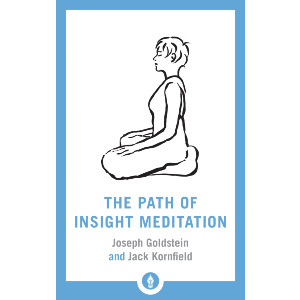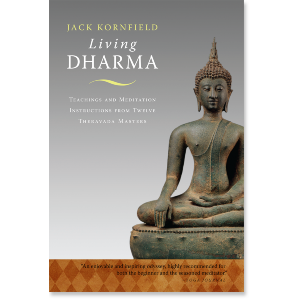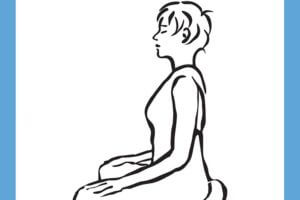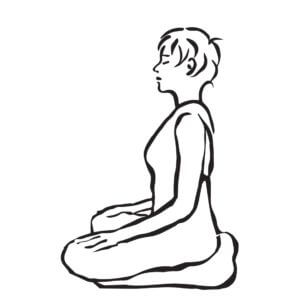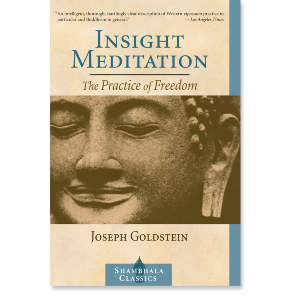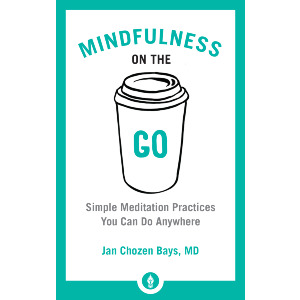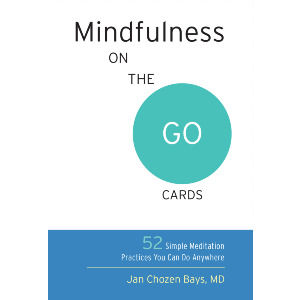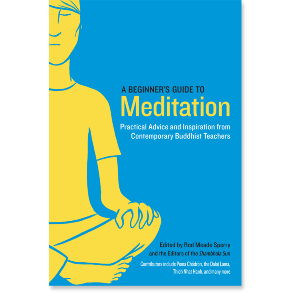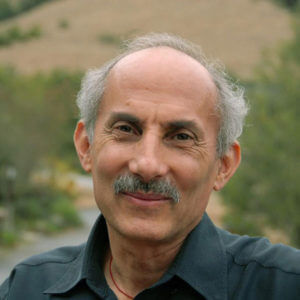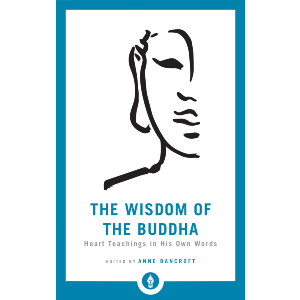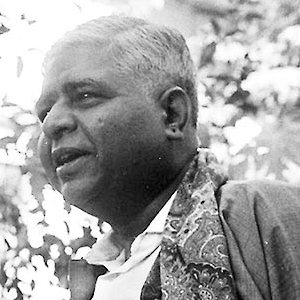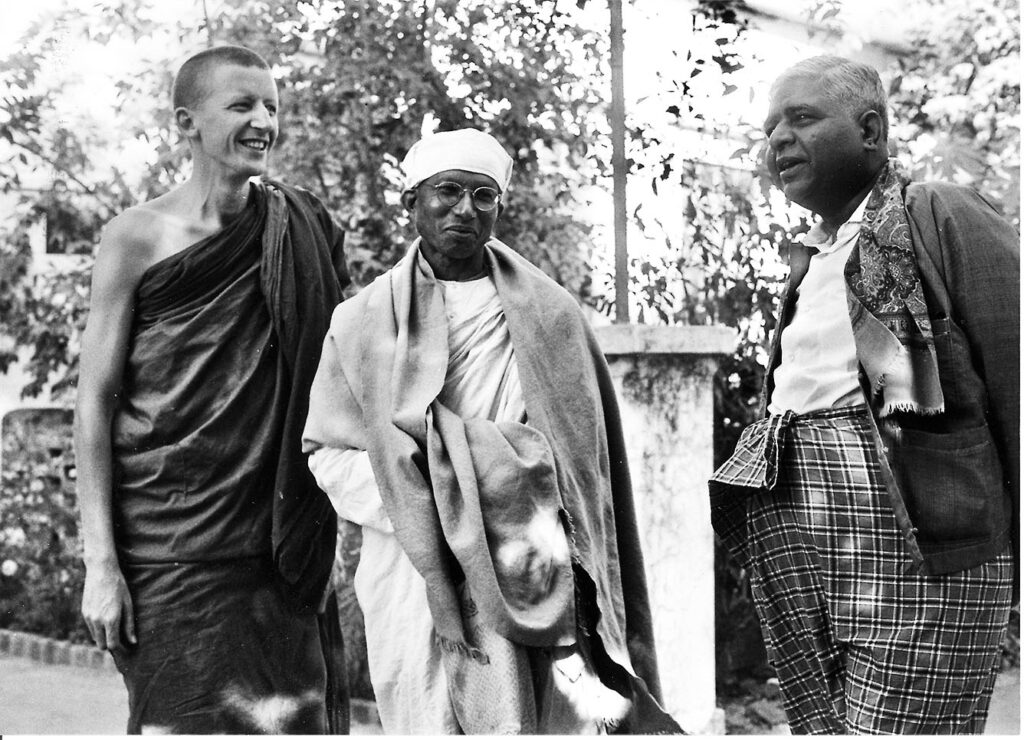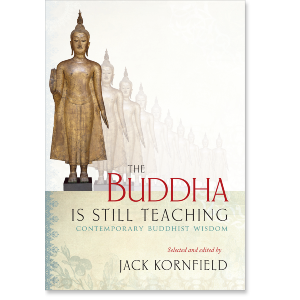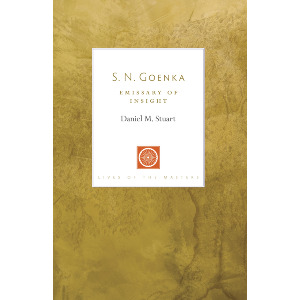The Third Precept
The third precept of conscious conduct is to refrain from false speech. The Eightfold Path calls this right speech. Don’t lie, it says. Speak only what is true and useful; speak wisely, responsibly, and appropriately. Right speech really poses a question. It asks us to be aware of how we actually use the energy of our words. We spend so much of our lives talking and analyzing and discussing and gossiping and planning. Most of this talk is not very conscious or aware. It is possible to use speech to become awake. We can be mindful of what we are doing when we speak, of what the motivation is and how we are feeling. We can also be mindful in listening. We can align our speech to the principles of what is truthful and what is most kind or helpful. In practicing mindfulness we can begin to understand and discover the power of speech.
Once a master was called to heal a sick child with a few words of prayer. A skeptic in the crowd observed it all and expressed doubts about such a superficial way of healing. The master turned to him and said, “You know nothing of these matters; you are an ignorant fool!” The skeptic became very upset. He turned red and shook with anger. Before he could gather himself to reply, however, the master spoke again, asking, “When one word has the power to make you hot and angry, why should not another word have the power to heal?”
Our speech is powerful. It can be destructive and enlightening, idle gossip or compassionate communication. We are asked to be mindful and let our speech come from the heart. When we speak what is true and helpful, people are attracted to us. To be mindful and honest makes our minds quieter and more open, our hearts happier and more peaceful.
The Fourth Precept
The fourth precept, to refrain from sexual misconduct, reminds us not to act out of sexual desire in such a way as to cause harm to another. It requires that we be responsible and honest in sexual relations. Sexual energy is very powerful. In these times of rapidly changing relationships and sexual values, we are asked to become conscious of our use of this power. If we associate this energy in our lives with grasping and greed, exploitation and compulsion, we will perform actions that bring harm to ourselves and others, such as adultery. There is great suffering consequent to these actions and great joy in the simplicity that comes in their absence.
The spirit of this precept asks us to look at the motivation behind our actions. To pay attention in this way allows us (as lay people) to discover how sexuality can be connected to the heart and how it can be an expression of love, caring, and genuine intimacy. We have almost all been fools at some time in our sexual life, and we have also used sex to try to touch what is beautiful, to touch another person deeply. Conscious sexuality is an essential part of living a mindful life.
To refrain from the heedless use of intoxicants is the fifth precept. It means to avoid taking intoxicants to the point of making the mind cloudy and to devote our lives instead to developing clarity and alertness. We have just one mind, so we must take care of it. In our country there are millions of alcoholics and others who have abused drugs. Their unconsciousness and fearful use of intoxicants has caused great pain to themselves, their families, and all those they touch. To live consciously is not easy—it means we often must face fears and pains that challenge our hearts. Abuse of intoxicants is clearly not the way.
To enter the human realm, to establish a ground for spiritual life, requires that we bring awareness to all the actions in our world, to our use of intoxicants, our speech, to all of our actions. Establishing a virtuous and harmonious relationship to the world brings ease and lightness to the heart and steadfast clarity to the mind. A foundation of virtue brings great happiness and liberation in itself and is the precondition for wise meditation. With it we can be conscious and not waste the extraordinary opportunity of a human birth, the opportunity to grow in compassion and true understanding in our life.
